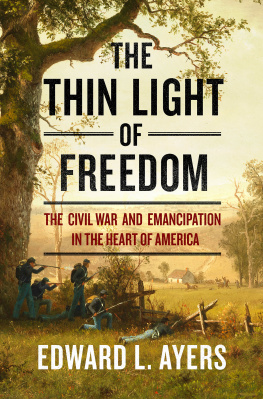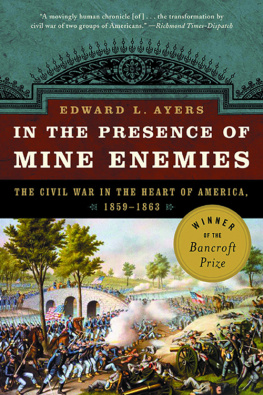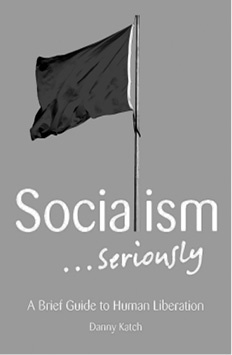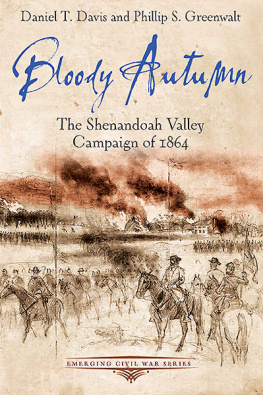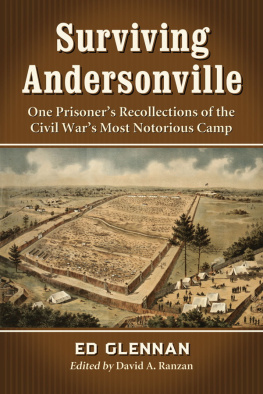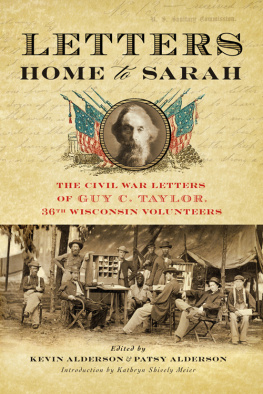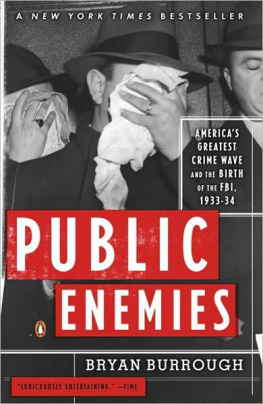
For Lance, Rachael, and Avery
Unless otherwise specified, all primary sources quoted in the book are in the Valley of the Shadow archive, transcribed, annotated, and searchable at http://valley.lib.virginia.edu. The listing below indicates the original archival location of each manuscript collection. In some cases, as when private individuals loaned papers and images to include in the digital archive, those sources are available only in the Valley archive. Some generalizations in the text are based on statistical patterns from the databases on the Valley of the Shadow website.
MANUSCRIPT COLLECTIONS CONSULTED
Albert and Shirley Small Special Collections Library, University of Virginia, Charlottesville, Virginia
Augusta
Blackford Family Letters
Nancy Emerson Diary
Malcolm Fleming Letter
Francis McFarland Diary
McGuffin Family Papers
Joseph Addison Waddell Diary
American Missionary Association Archives Collection
Augusta
C. E. Dewey Letters
Sarah H. Davison Letters
Fredericksburg and Spotsylvania National Battlefield Park, Fredericksburg, Virginia
Augusta
A. W. Kersh Letters
Kittochtinny Historical Society, Chambersburg, Pennsylvania
Franklin
Abraham Essick Diary
William Heyser Diary
Franklin Rosenberry Letters
Benjamin S. Schneck Papers
George C. Traxler Papers
Library of Congress, Manuscripts Division, Washington, D.C.
Abraham Lincoln Papers
Augusta
Jedediah Hotchkiss Papers
Franklin
Alexander K. McClure Papers
National Archives and Records Administration, Washington, D.C.
Franklin
Compiled Military Service Records for the Civil War, RG 94
Pension Files, RG 15
Pennsylvania Historical and Museum Commission, Harrisburg, Pennsylvania
Franklin
Bloss Family Collection
Personal Papers Collection, Library of Virginia, Richmond, Virginia
Augusta
Evans-Sibert Family Papers
Southern Historical Collection, Wilson Library, University of North Carolina at Chapel Hill
Augusta
Achilles J. Tynes Papers
Marguerite E. Williams Papers
Franklin
J. Kelly Bennette Diary
Franklin Gaillard Papers
Abram David Pollock Papers
H. C. Kendrick Papers
Iowa Michigan Royster Papers
James Peter Williams Papers
Special Collections Department, William R. Perkins Library, Duke University, Durham, North Carolina
Augusta
Eli Long Papers
Houser Family Letters
James M. Schreckhise Papers
Special Collections, James G. Leyburn Library, Washington and Lee University, Lexington, Virginia
Augusta
John P. Dull Letters
Stuart Hall Alumnae Association, Staunton, Virginia
Augusta
Sarah Cordelia Wright Diary
U.S. Army Military History Institute, Carlisle Barracks, Pennsylvania
Franklin
Sylvester McElheney Papers
Virginia Historical Society
Augusta
William Clark Corson Papers
Benjamin Lyons Farinholt Papers
York County Heritage Trust, York, Pennsylvania
Franklin
Miller Family Papers
Private Collections
Augusta
D. C. Snyder Collection
Franklin
Stouffer Family Papers
Nellie Harris Collection
PUBLISHED DOCUMENTS
Augusta
Hildebrand, Jacob R., ed., A Mennonite Journal, 18621865: A Fathers Account ofthe Civil War in the Shenandoah Valley (Shippensburg, PA: Burd Street Press, 1996)
Miller, Joyce DeBolt, ed., Until Seperated by Death: Lives and Civil War Letters of Jesse Rolston, Jr., and Mary Catharine Cromer (Bridgewater, VA: Good Printers, Inc., 1994)
Franklin
Mohr, James C., ed., The Cormany Diaries: A Northern Family in the Civil War (Pittsburgh, PA: University of Pittsburgh Press, 1982)
The maps for this book were created by Nathaniel Ayers and Justin Madron at the Digital Scholarship Lab at the University of Richmond. The maps emphasize the long distances troops moved, the circuitous routes they often followed, the rail networks, rivers, and mountains that defined much of the fighting, and major battles and guerrilla strongholds elsewhere that shaped the fighting in the Valley. The lines representing the troops grow darker as they approach their destinations or point of contact with the enemy. The maps were drawn digitally with a combination of geographic information systems and illustration software using United States Geological Survey data.
Our stories of the American Civil War and Reconstruction keep changing. The generation that fought the war celebrated its sacrifices and accomplishments. By the end of World War I, leading historians considered the Civil War a waste and a delusion. Scholars who lived through World War II argued that the war against slavery had been necessary, while those who experienced the Civil Rights movement judged that Reconstruction had left the nation unredeemed.
In our own time, we can see that the Civil War and its consequences, straightforward and familiar at a distance, prove intricate and surprising when considered at closer range. The immediate, complete, and uncompensated destruction of the most powerful system of slavery in the modern world, after all, seemed impossible just a few years before it came to pass. A massive political reconstruction of the United States, based on new constitutions and fundamental rights for formerly enslaved people, went far beyond what most white Americans had thought possible, or desirable, in 1865. In recent decades scholars have found important complexities in every aspect of the conflict.
This book offers readers a close-up view of the Civil War and its aftermath that reveals those complexities, focusing on the desperate years of war from 1863 on in the Great Valley. That prosperous landscape, lying between the Blue Ridge and Appalachian mountain ranges and stretching across the boundary between the United States and the Confederacy, found itself at the center of the Civil War in these years. Without a single fixed target such as Richmond or Atlanta, the Valley was potentially one giant battlefield, with armies meeting anywhere, descending from any direction. Tens of thousands of soldiers surged through its farms and villages. Fields and towns burned while its sons and fathers died on distant battlefields. African Americans risked their lives to escape slavery, and black troops volunteered to defend the United States. Courthouses and town squares in the Valley surged with jubilant rallies and defiant speeches as Reconstruction redefined the fundamental laws of the nation.
The story told here follows a broad cast of characters from two Valley communities separated by only two hundred miles: Augusta County, Virginia, and Franklin County, Pennsylvania. Those characters include soldiers and civilians, men and women, enslaved people and freedpeople, politicians and ministers, teachers and Freedmens Bureau agents, and Democrats and Republicans. This is history on a human scale.
The narrative draws on a digital archive called the Valley of the Shadow, which gathers and transcribes the historical record for Augusta and Franklin from the late 1850s to 1870. The archive holds the diaries and letters, newspapers and census returns, soldiers records and Freedmens Bureau reports, memoirs and photographs from which the story builds. The archive enables us to
The first book drawn from the Valley of the Shadow, In thePresence of Mine Enemies, traced events in Augusta and Franklin from John Browns raid in 1859 to the eve of the Battle of Gettysburg in 1863. That account showed how Americans descended into an all-consuming war that no one sought.
Next page
